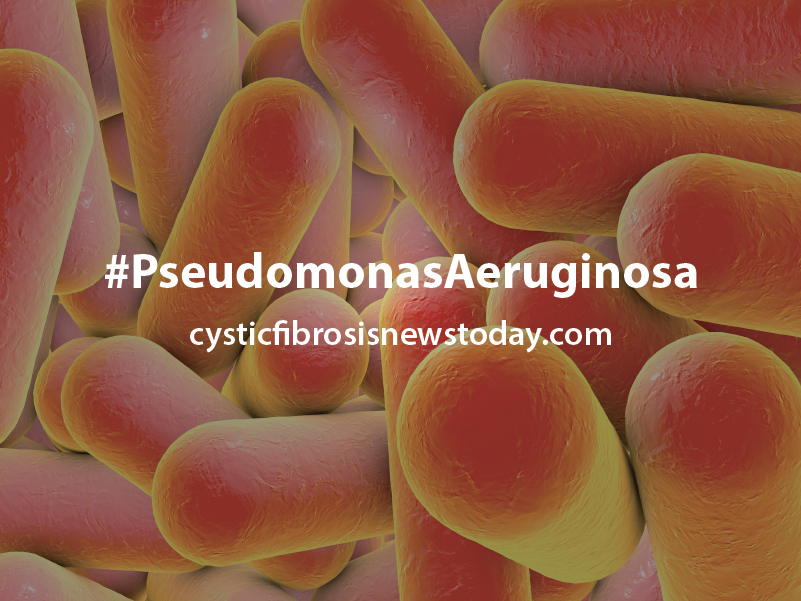Discovery of Iron Metabolism-associated Gene Could Lead to New P. aeruginosa Treatments for Cystic Fibrosis
Written by |

A new study entitled “A novel siderophore system is essential for the growth of Pseudomonas aeruginosa in airway mucus” published in the Scientific Reports journal by researchers from the PLUS Project for Medical Science and Yonsei University College of Medicine in Seoul, Korea, identified a genetic element that codifies a novel iron acquisition system that plays a previously undiscovered role in P. aeruginosa airway infection during cystic fibrosis (CF). The discovery could aid in improving prevention and treatment of P. aeruginosa in CF patients.
Cystic fibrosis is a rare but well described genetic chronic respiratory disease, characterized by mutations in the cystic fibrosis transmembrane conductance regulator (CFTR) protein, and is associated with chronic polymicrobial infections of the lung, among of which Pseudomonas aeruginosa (Pa) and Staphylococcus aureus (S. Aureus) are the most prevalent micro-organisms. Pseudomonas aeruginosa is a gram-negative bacterium and a predominant airway pathogen, affecting up to 60%–75 % of adult patients with cystic fibrosis, and strongly linked with inflammation, decrease in lung function, and increased mortality.
Previous studies have shown that CFTR protein mutations induce thickness of airway mucus, leading to inefficient elimination of microbial pathogens due to decreased mucociliary removal capacity after P. aeruginosa infection in the CF airway. The airway mucus is the first line of innate immune defense against invading bacterial pathogens. Although CF patient airway is similarly exposed to several opportunistic pathogens, it is not well understood why P. aeruginosa has been able to colonize and proliferate so well in the CF patient airway.
The research team studied the various bacterial responses to airway mucus secretions (AMS) collected from primary cultures of normal human tracheal epithelial (NHTE) cells. Contrary to other bacterial relevant species, P. aeruginosa was highly resistant and proliferative when in contact with AMS. The researchers performed a genome-wide approach to elucidate the genetic factors responsible for the P. aeruginosa resistance against AMS. They found that incubation of P. aeruginosa with AMS induced significant changes at bacterial transcription level, i.e., expression changed from a 7- to 56-fold increase. There was upregulation of several genes associated to iron uptake and metabolism when P. aeruginosa was exposed to AMS. The most relevant finding was that the PA4834 gene associated to a putative operon with the PA4835, PA4936 and PA4837 genes, which exists only in P. aeruginosa strains.
RELATED: Genetic Background May Determine Disease Severity in Cystic Fibrosis
The research team assessed the relevance PA4834 gene for bacterial growth by using the PAO1, a prototype strain of P. Aeruginosa capable of proliferating during incubation with AMS, but mutant for the PA4834 gene. They found that PA4834 gene mutation reduced significantly the proliferation of P. aeruginosa when in contact with AMS. However, the PAO1 mutant lacking PA4834 gene when incubated in an iron-rich medium was able to grow in the presence of AMS, suggesting that the PA4834 gene product may be involved in iron metabolism.
Overall, this work provided a better understanding of P. aeruginosa-host interactions and implicates the PA4834 gene as a drug target, which if inhibited may contribute to the efficient eradication of this clinical relevant bacterium in the context of cystic fibrosis.






